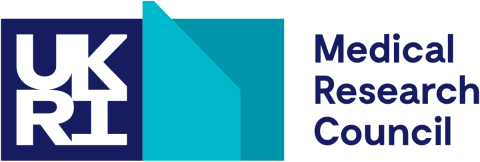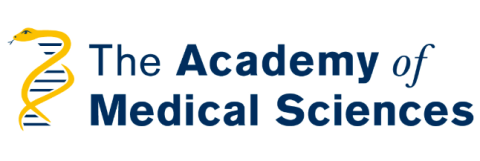Info
New treatments for expanded repeat disorders
Huntington’s disease is one of a group of inherited brain diseases called ‘expanded repeat disorders’ that also include myotonic dystrophy type 1 (DM1) and several spinocerebellar ataxias (SCAs). Although symptoms differ between diseases, they all involve the gradual loss of function and eventual death of neurons across different areas of the brain.
While the affected gene varies, these diseases share a similar type of fault – the abnormal expansion of a three-letter DNA sequence. For example, CAG is repeated 10 to 35 times within the normal Huntington’s gene – but the faulty version has up 120 repeats. Importantly, the number of repeats is linked with disease severity and age of onset in individuals affected – so finding ways to shorten this sequence could offer an effective treatment strategy.
The Dion Lab aims to develop effective new treatments for expanded repeat disorders. They are adapting the use of sophisticated gene-editing technologies to reduce the length of the repeat sequence and developing new techniques that can switch off the faulty gene in cells. The team's goal is to create effective new treatments that can stop, reverse or prevent the onset or progression of these devastating diseases that currently have no cure.
Latest news
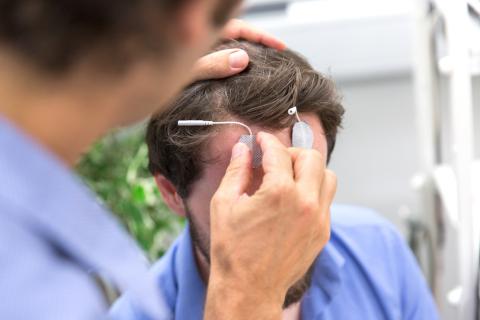

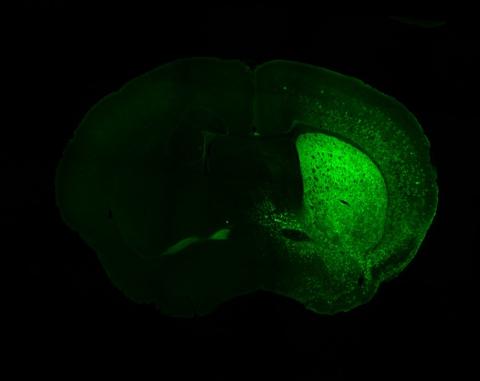
Prof Vincent Dion
Prof Vincent Dion is a Group Leader at the UK DRI at Cardiff. Find out more about his career and expertise on his profile page.
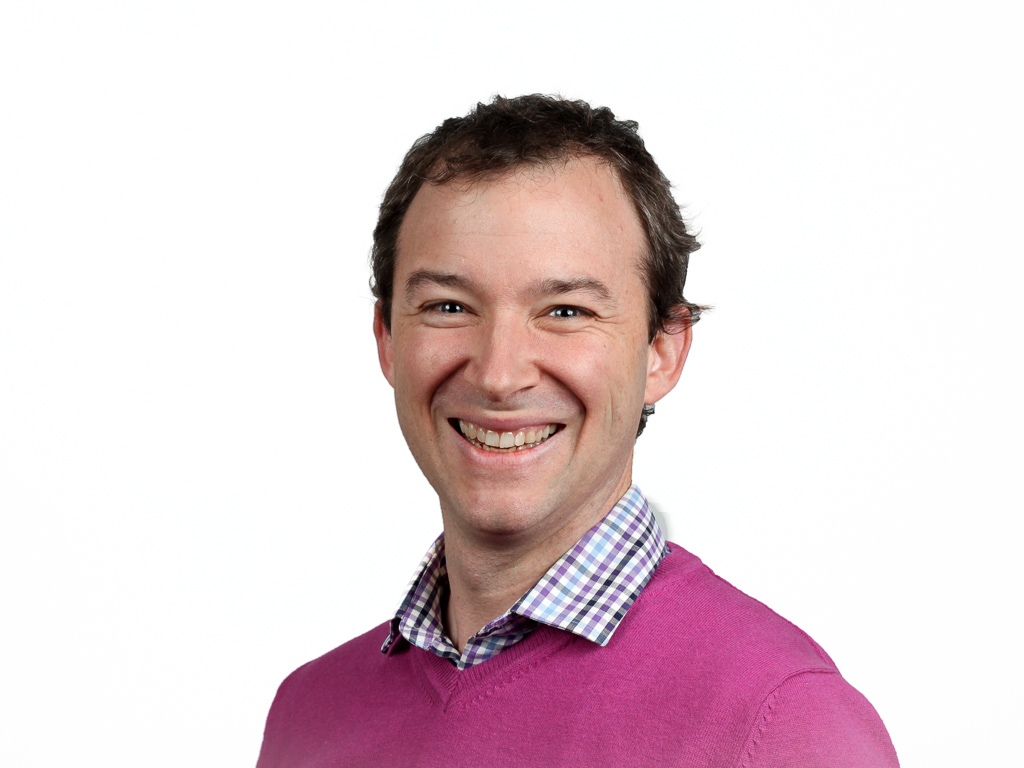
Research summary
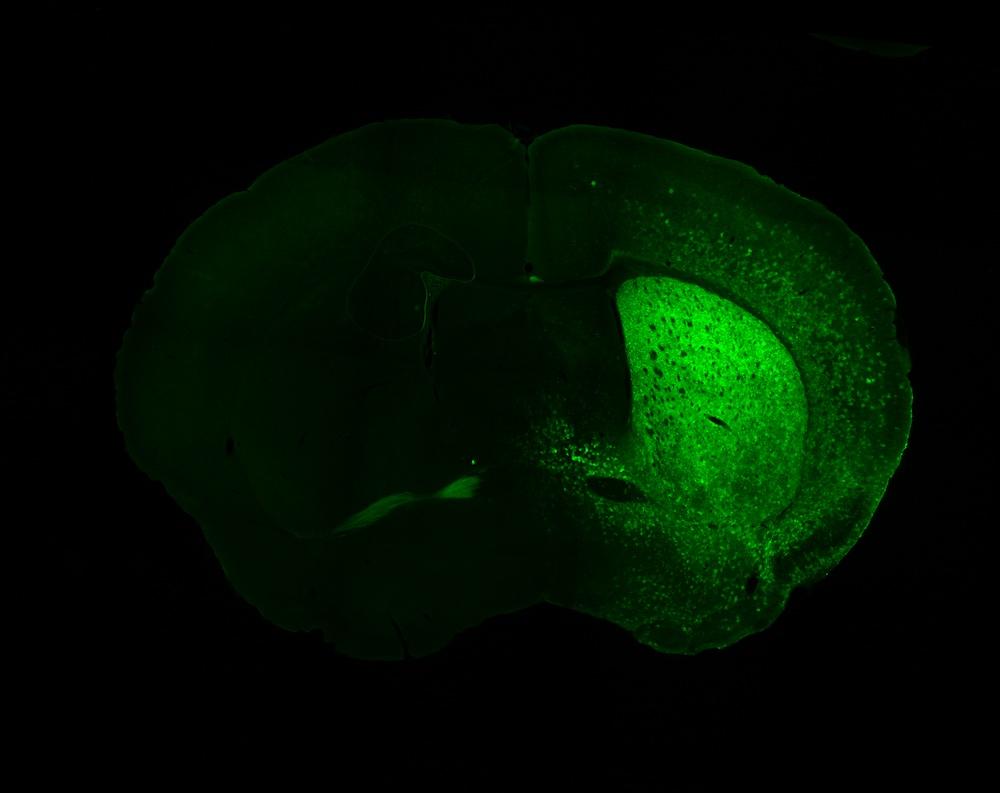
Credit: Vincent Dion
Gene editing to treat expanded CAG/CTG repeat disorders
Expanded CAG/CTG repeats cause over 13 neurological and neuromuscular disorders, including Huntington disease, myotonic dystrophy, and several spinocerebellar ataxias. The diseases are debilitating, often leading to dementia. There is no available cure. Individually expanded repeat disorders are rare but together account for a few percent of people worldwide.
Prof Vincent Dion's goal is to develop novel therapeutic avenues by targeting the unique features of expanded CAG/CTG repeats and to develop new technologies to detect (i.e., diagnose) and manipulate them. To achieve this, the lab uses a variety of tools, including cutting edge molecular biology and genome engineering technologies, long-read and next-generation sequencing, as well as in vitro and in vivo pre-clinical disease models.
The Dion Lab has three main focal areas:
- Gene editing for the treatment of expanded CAG/CTG repeat disorders
- The molecular mechanism of repeat instability
- Development of tools to measure the size of expanded CAG/CTG repeats
Upcoming publication
Murillo A, Alpaugh M, Larin M, Randall EL, Heraty L, Durairaj RR, Aston AN, Taylor AS, Monteys AM, Stöberl N, Heuchan AER, Aeschlimann P, Bhattacharyya S, Allen ND, Puymirat J, Davidson BL, Cicchetti F, Lelos M, Dion V. Cas9 nickase-mediated contraction of CAG/CTG repeats at multiple disease loci. BioRxiv: https://www.biorxiv.org/content/10.1101/2024.02.19.580669v1
Key publications
Vacancies
Lab members
- Dr Alys Aston (Postdoctoral Researcher)
- Dr Alvaro Murillo Bartolome (Postdoctoral Researcher)
- Dr Ruban Rex Peter Durairaj (Research Associate)
- Emma Randall (Research Assistant)
- Daniella Tuhairwe (Research Assistant)
- Christopher Smith (Senior Technician)
- Aeverie Heuchan (Senior Technician)
- Pascale Aeschlimann-Portner (Senior Technician)
- Antoine Mangin (Technician & PhD Student)
- Rashida Baptiste (PhD Student)
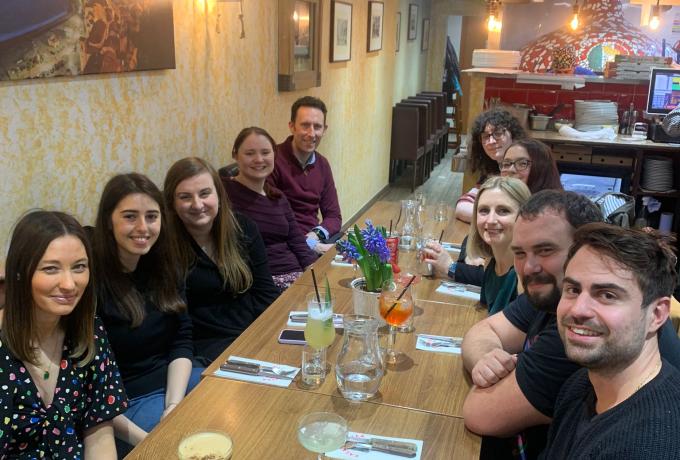
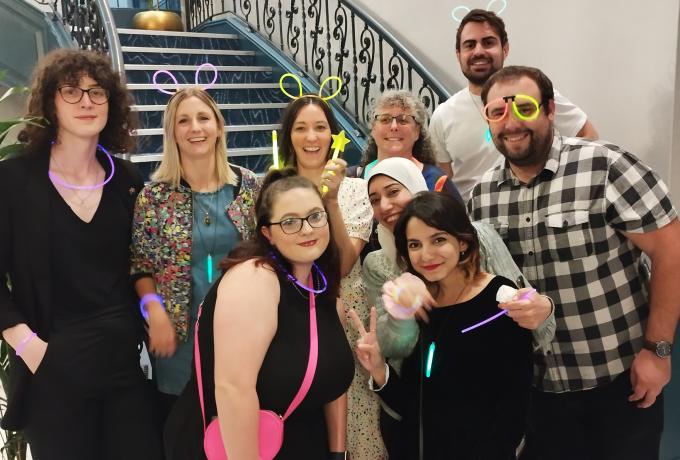
Collaborators
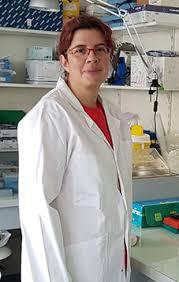
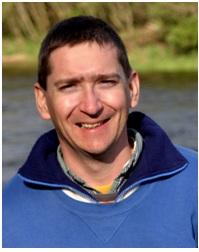
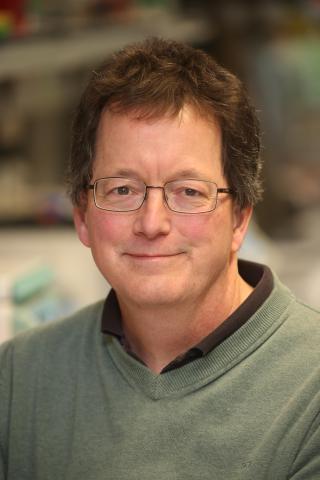
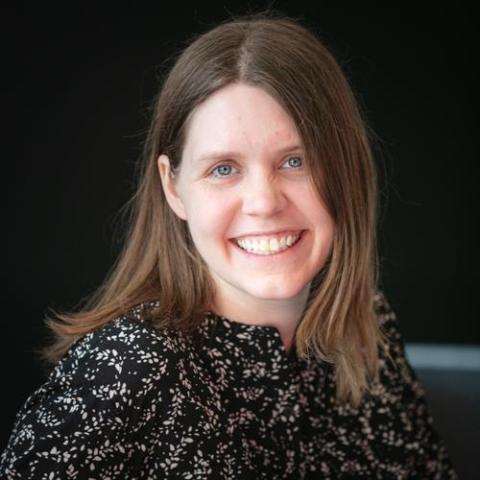
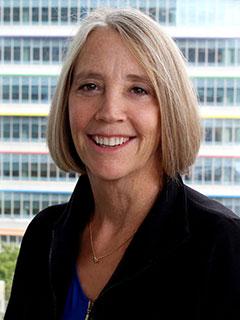
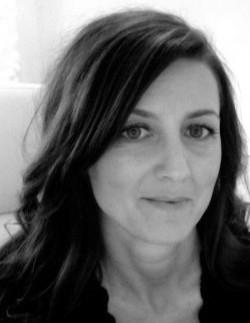
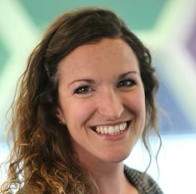
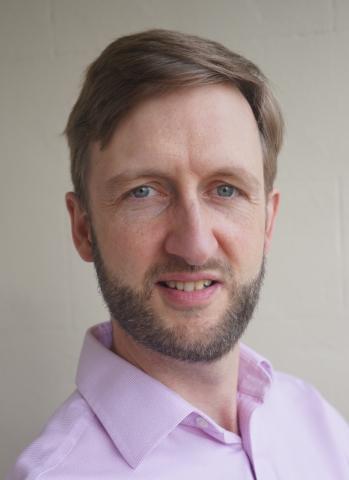



Lab funders
Thank you to all those who support the Dion Lab!

